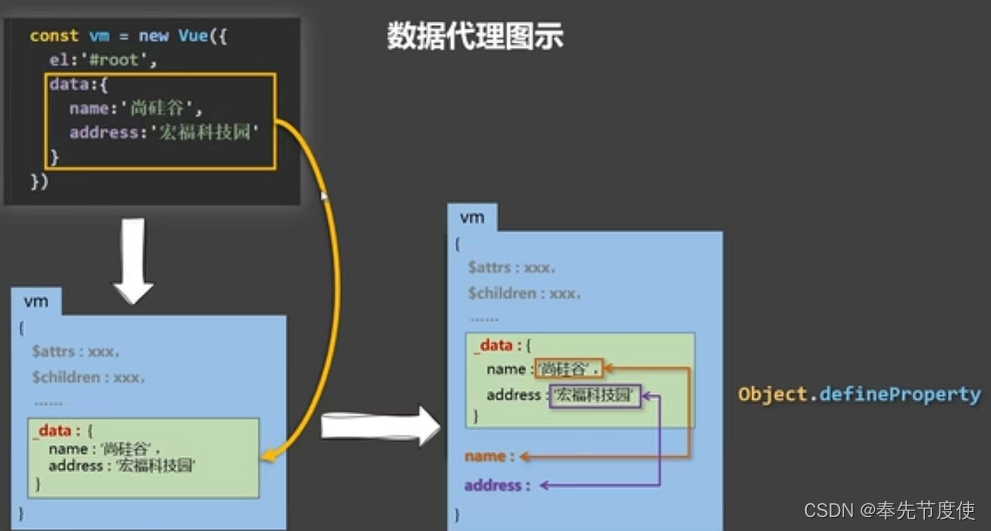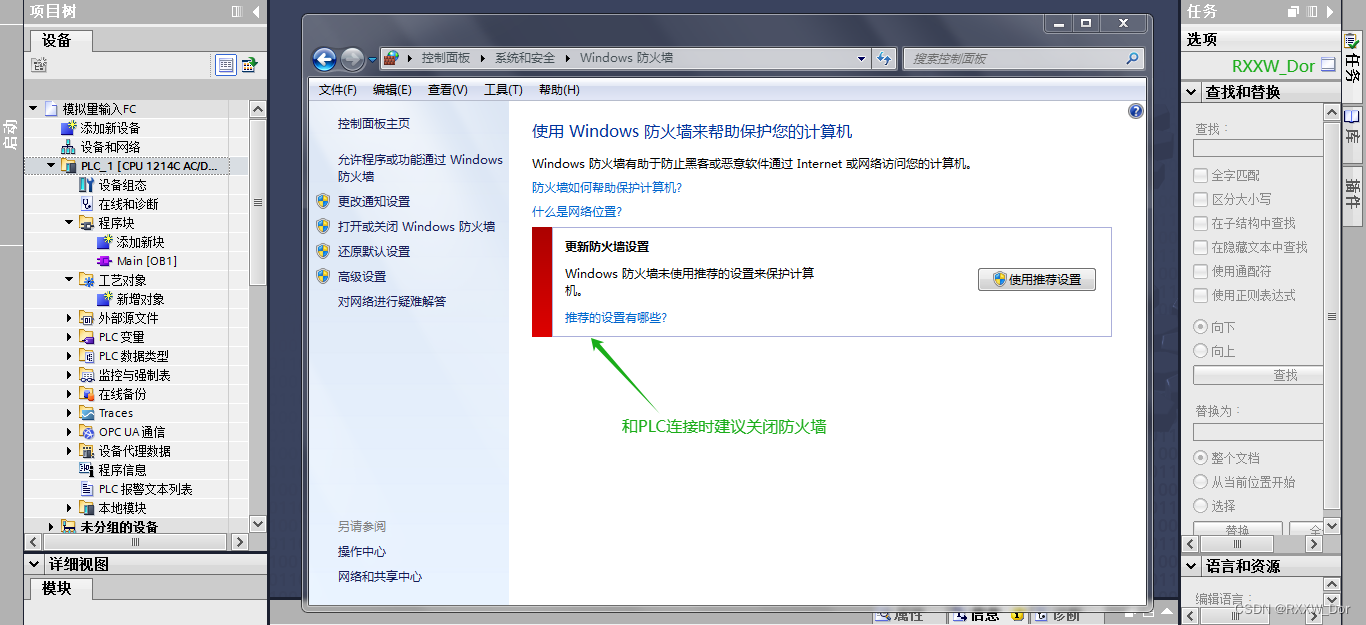难度:Medium
641. 设计循环双端队列
设计实现双端队列。
实现 MyCircularDeque 类:
MyCircularDeque(int k):构造函数,双端队列最大为k。boolean insertFront():将一个元素添加到双端队列头部。 如果操作成功返回true,否则返回false。boolean insertLast():将一个元素添加到双端队列尾部。如果操作成功返回true,否则返回false。boolean deleteFront():从双端队列头部删除一个元素。 如果操作成功返回true,否则返回false。boolean deleteLast():从双端队列尾部删除一个元素。如果操作成功返回true,否则返回false。int getFront()):从双端队列头部获得一个元素。如果双端队列为空,返回-1。int getRear():获得双端队列的最后一个元素。 如果双端队列为空,返回-1。boolean isEmpty():若双端队列为空,则返回true,否则返回false。boolean isFull():若双端队列满了,则返回true,否则返回false。
示例 1:
输入 ["MyCircularDeque", "insertLast", "insertLast", "insertFront", "insertFront", "getRear", "isFull", "deleteLast", "insertFront", "getFront"] [[3], [1], [2], [3], [4], [], [], [], [4], []] 输出 [null, true, true, true, false, 2, true, true, true, 4] 解释 MyCircularDeque circularDeque = new MycircularDeque(3); // 设置容量大小为3 circularDeque.insertLast(1); // 返回 true circularDeque.insertLast(2); // 返回 true circularDeque.insertFront(3); // 返回 true circularDeque.insertFront(4); // 已经满了,返回 false circularDeque.getRear(); // 返回 2 circularDeque.isFull(); // 返回 true circularDeque.deleteLast(); // 返回 true circularDeque.insertFront(4); // 返回 true circularDeque.getFront(); // 返回 4
提示:
1 <= k <= 10000 <= value <= 1000insertFront,insertLast,deleteFront,deleteLast,getFront,getRear,isEmpty,isFull调用次数不大于2000次
解法思路:
1. 数组
注意事项:
1)定义指针
- front:指向队列头部第1个有效数据的位置;
- rear:指向队列尾部(即最后1个有效数据)的 下一个位置,即下一个从队尾入队元素的位置。
2)队列判空判满
- 判别队列为空的条件是:front == rear;
- 判别队列为满的条件是:(rear + 1) % capacity == front;。可以这样理解,当 rear 循环到数组的前面,要从后面追上 front,还差一格的时候,判定队列为满。
3)下标越界
- 指针后移的时候,下标 +1,要取模;
- 指针前移的时候,为了循环到数组的末尾,需要先加上数组的长度,然后再对数组长度取模。
2. 链表
法一:
class MyCircularDeque {
// 数组
// Time: O(1)
// Space: O(k)
private int[] elements;
private int rear, front;
private int capacity;
public MyCircularDeque(int k) {
capacity = k + 1;
rear = front = 0;
elements = new int[capacity];
}
public boolean insertFront(int value) {
if (isFull()) {
return false;
}
front = (front - 1 + capacity) % capacity;
elements[front] = value;
return true;
}
public boolean insertLast(int value) {
if (isFull()) {
return false;
}
elements[rear] = value;
rear = (rear + 1) % capacity;
return true;
}
public boolean deleteFront() {
if (isEmpty()) {
return false;
}
front = (front + 1) % capacity;
return true;
}
public boolean deleteLast() {
if (isEmpty()) {
return false;
}
rear = (rear - 1 + capacity) % capacity;
return true;
}
public int getFront() {
if (isEmpty()) {
return -1;
}
return elements[front];
}
public int getRear() {
if (isEmpty()) {
return -1;
}
return elements[(rear - 1 + capacity) % capacity];
}
public boolean isEmpty() {
return rear == front;
}
public boolean isFull() {
return (rear + 1) % capacity == front;
}
}
/**
* Your MyCircularDeque object will be instantiated and called as such:
* MyCircularDeque obj = new MyCircularDeque(k);
* boolean param_1 = obj.insertFront(value);
* boolean param_2 = obj.insertLast(value);
* boolean param_3 = obj.deleteFront();
* boolean param_4 = obj.deleteLast();
* int param_5 = obj.getFront();
* int param_6 = obj.getRear();
* boolean param_7 = obj.isEmpty();
* boolean param_8 = obj.isFull();
*/法二:
class MyCircularDeque {
// 链表
// Time: O(1)
// Space: O(k)
private class Node {
int val;
Node prev, next;
Node(int val) {
this.val = val;
}
}
private Node head, tail;
private int capacity;
private int size;
public MyCircularDeque(int k) {
capacity = k;
size = 0;
}
public boolean insertFront(int value) {
if (size == capacity) {
return false;
}
Node node = new Node(value);
if (size == 0) {
head = tail = node;
} else {
node.next = head;
head.prev = node;
head = node;
}
size++;
return true;
}
public boolean insertLast(int value) {
if (size == capacity) {
return false;
}
Node node = new Node(value);
if (size == 0) {
head = tail = node;
} else {
tail.next = node;
node.prev = tail;
tail = node;
}
size++;
return true;
}
public boolean deleteFront() {
if (size == 0) {
return false;
}
head = head.next;
if (head != null) {
head.prev = null;
}
size--;
return true;
}
public boolean deleteLast() {
if (size == 0) {
return false;
}
tail = tail.prev;
if (tail != null) {
tail.next = null;
}
size--;
return true;
}
public int getFront() {
if (size == 0) {
return -1;
}
return head.val;
}
public int getRear() {
if (size == 0) {
return -1;
}
return tail.val;
}
public boolean isEmpty() {
return size == 0;
}
public boolean isFull() {
return size == capacity;
}
}
/**
* Your MyCircularDeque object will be instantiated and called as such:
* MyCircularDeque obj = new MyCircularDeque(k);
* boolean param_1 = obj.insertFront(value);
* boolean param_2 = obj.insertLast(value);
* boolean param_3 = obj.deleteFront();
* boolean param_4 = obj.deleteLast();
* int param_5 = obj.getFront();
* int param_6 = obj.getRear();
* boolean param_7 = obj.isEmpty();
* boolean param_8 = obj.isFull();
*/



















